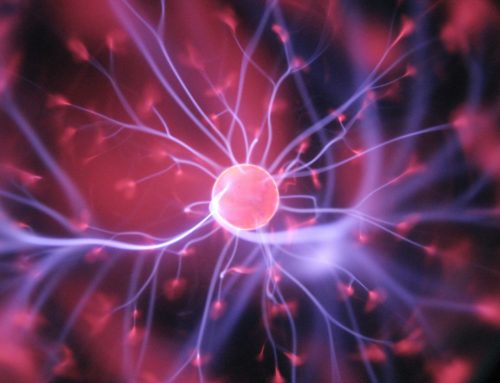
Today’s communication is already reliant on light as its workhorse, however light’s most singular form, a photon, will be the encoder of future communication technologies, says Weizmann Institute of Science.
In this article Dr. Barak Dayan, Head of the Weizmann Institute Quantum Optics group says, “Once we move over to quantum communication, information will have to be encoded in single photons.”
“Each photon will then represent a single ‘qubit’ — a quantum bit that can exist in more than one state at the same time (superposition) — for example, an equal combination of both 1 and 0.”
The mechanism that enables a single photon to be extracted from a beam of light was established by Dr. Dayan and his research team, which they call single-photon Raman interaction (SPRINT).
It is this mechanism that could prove to be very useful in international security studies, as the ability to divert a single photon could mean decrypting spy codes by eavesdropping on deficient quantum-cryptography systems, and additionally, secure one’s own communication systems.
With thanks to Einstein, the identification of photons has been around since 1905, and quantum since the 20s, it is only now these findings are really being explored, and are scientists able to push the boundaries. Technology has enabled such advancements, and as it advances, so too will the findings.
Danna Freedman from the American Chemical Society says the largest obstacle in the pursuit of quantum computing, however, is making the qubit. The difficulty is having a molecule stay in one position long enough to measure, and very few molecules stay in the superposition state for long. However, scientists are looking at inorganic molecules that may be more reliable and therefore, more measurable.
Once these obstacles are overcome, the Quantum Age will be in full-swing, changing the way states will carry-out information gathering, and protect information.






Leave a Reply